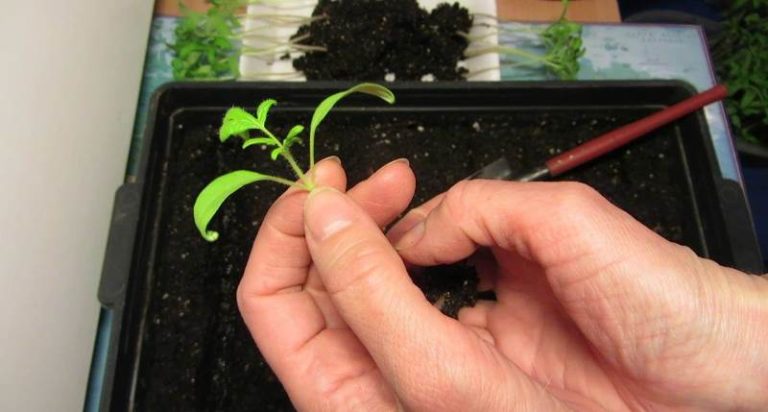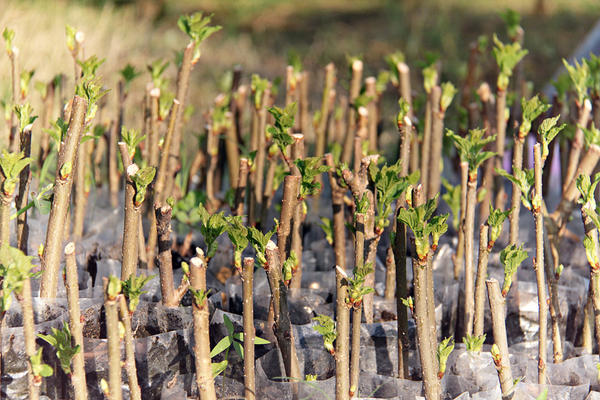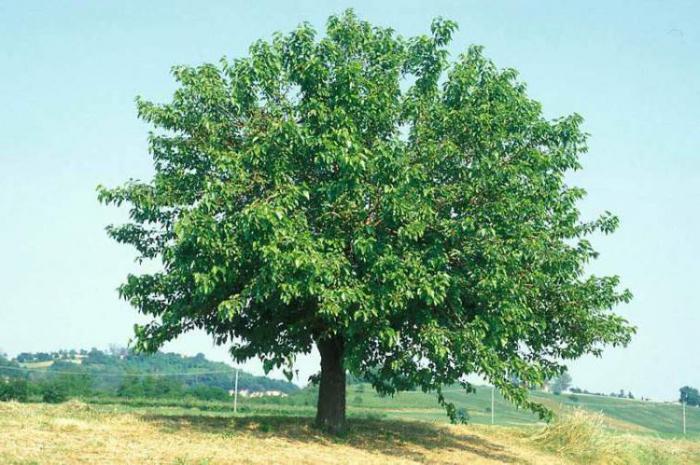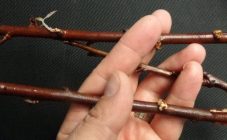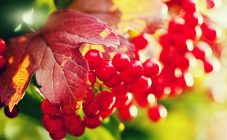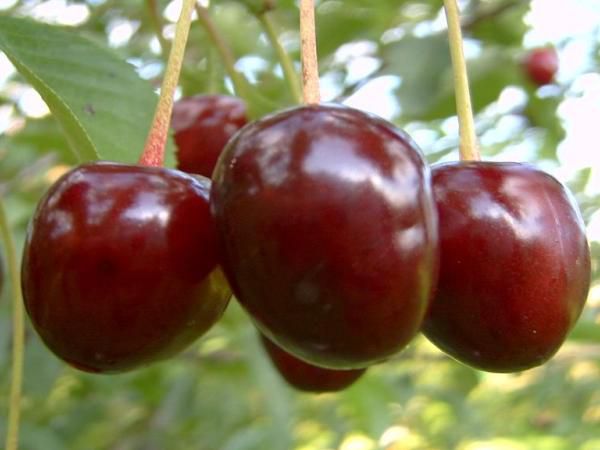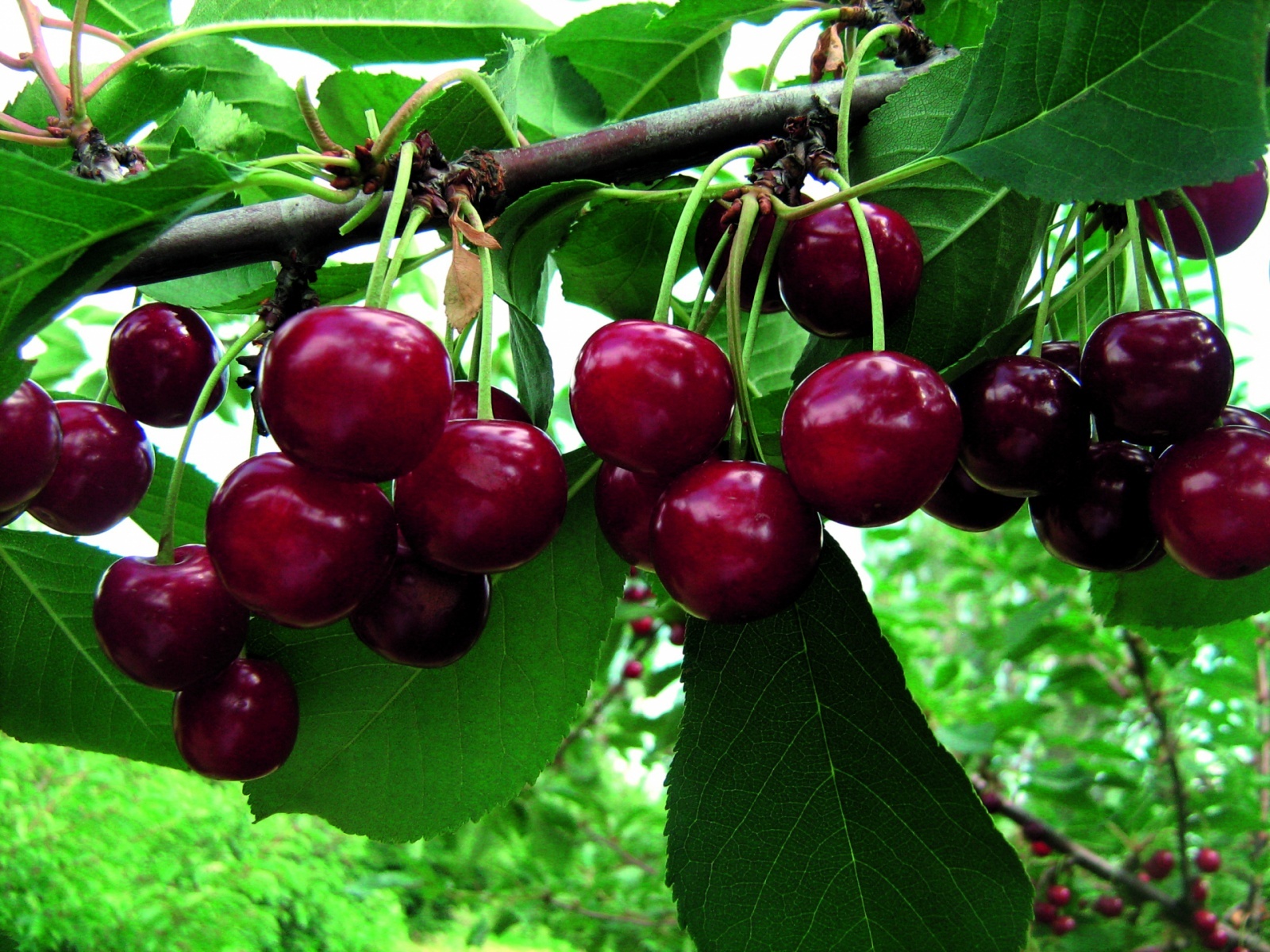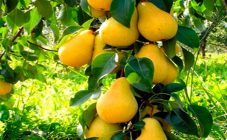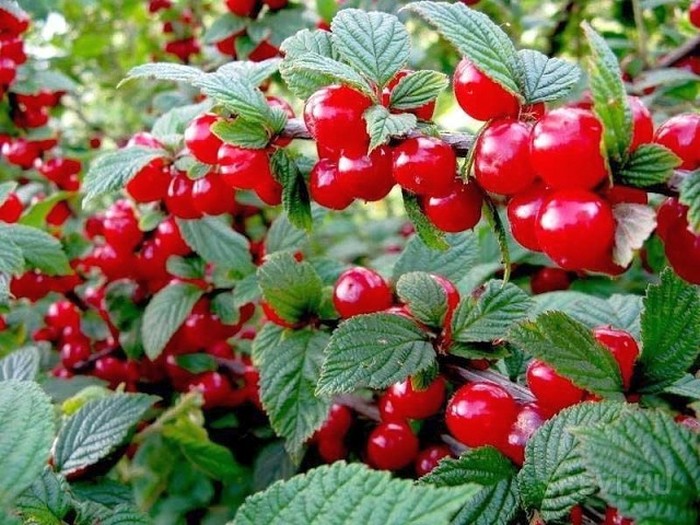Content:
Mulberry, or mulberry tree, belongs to a small genus of deciduous trees of the Mulberry family. Thanks to selection work, many varieties of plants have been obtained, differing in the structure of the crown, color and size of the fruits.
Mulberry: a description of the culture
Mulberry is a tall, deciduous tree with a spreading, weeping crown. In the botanical classification, there are up to 100 species of mulberry. The mulberry tree in natural growing conditions is found in Japan, China, India, Turkey. Since ancient times, mulberry has been considered a medicinal plant and is valued for its healing properties. In addition, foliage is used in silk-spinning production: it feeds on silkworms, which produce the finest threads of natural silk.
The distribution area is quite wide, despite the southern origin of the tree. Mulberry can be found in the Moscow region, in St. Petersburg, it is also common in the Middle Volga region.
The most common species are black and white mulberries.
How mulberries multiply
It is very easy to get new specimens of deciduous trees, as the mulberry tree reproduces easily. Apply the seed method, cuttings: green, lignified, semi-lignified cuttings, grafting, and also offspring. As for ornamental varieties, they are propagated only by grafting.
Seed reproduction
All types of mulberries can be propagated by seeds collected from well-ripened berries - this is the easiest way. When and how to collect mulberries for propagation? The seeds must be extracted from fully ripe fruits. To do this, you need to collect the berries and place them in a glass container, expose it to the sun so that the fermentation process begins.
Then you will need to rub the entire mass with your hands, remove the resulting foam. Then again pour water, rinse and pass through a fine mesh sieve, the seeds are small. The mass must be washed until the planting material is clean, free of pulp. Then the seeds need to be dried, put in a paper bag and stored in this form at home until spring.
To stratify seeds, they need to be removed from the bag, moistened and put in the refrigerator. Seeds should be stratified within 1.5 months. If for some reason it did not work out, they must be soaked for 3 days in water before sowing.
Sowing seeds is carried out in late April or early May in fertile soil, burying them 1 cm into the ground. For germination, seeds need regular watering and good lighting. When young seedlings appear, they must be protected from direct rays of the sun and do not allow the trees to be destroyed by recurrent frosts.
To ensure good growth of plants, you need to thin out the plantings when the 5th true leaf is formed on the seedlings. Thinned plantings need to be left and grown in the same place for 2 years. A pick is not needed!
You should know that when a mulberry tree is propagated by seeds, maternal traits are not transmitted to the seedling, therefore, if the decorative species of mulberry multiplies, it is advisable to resort to the method of reproduction by grafting.
Rooting green cuttings
In summer, it is necessary to carry out sanitary pruning of mulberries. Taking this opportunity, you can rooting green cuttings. How to grow mulberries from a green branch? It is advisable to choose young cuttings from the middle part of the branch. When cutting, you need to watch that there are at least 2 buds on each cutting. The rooted material must be buried 3 cm into the soil, watered and covered with plastic wrap, creating greenhouse conditions.
Taking care of rooted cuttings is not difficult. It is required to water them on time, not allowing the earthen coma to dry out, spray them with water in the evenings, open the greenhouse for ventilation. When it becomes noticeable that the cuttings have taken root and the buds swell on them, mineral fertilizers should be applied to the soil.
The appearance of new shoots on the cuttings indicates that rooting was successful. Propagating mulberries by green cuttings is a good method for producing new trees, but not suitable for producing new varieties.
Reproduction by upper grafting
All known grafting methods are suitable for multiplying a mulberry tree. According to gardeners, the simplest method of propagation by grafting is copulation, when grafting is carried out on a cut with a cuttings.
The upper grafting is carried out in the winter or spring indoors, because until the sap flow begins, the cuttings grow together much faster. Mulberry grafting in summer is undesirable.
Simple copulation
Cuttings of equal thickness are selected: rootstock and scion. The length of each of the cuttings should be 4 times their diameter. In order for the cambial layers to blend well and take root faster, you need to make an oblique cut (for example, if the stalk is 1.5 cm in diameter, then the cut that is made between the buds should be at least 6 cm). After aligning the slices, cover them with a tight bandage. You can use soft polyethylene, it will not allow the layers to shift, which is the key to successful copulation.
Copulation with tongue: improved
Unlike conventional copulation, this manipulation is carried out in such a way that additional cuts or notches are made on oblique cuts. This is necessary in order for a strong connection of the cambial layers to occur during alignment.
The notch is performed as follows: it is necessary to retreat from the edge of the cut 1/3 part (make an indent on the scion from the top, on the rootstock - retreat from the bottom), make an incision and bring it to half of the oblique cut. As a result, tongues are obtained, with the help of which it is easier to join the scion and the stock. As a result, a good survival rate.
Rooting semi-lignified cuttings
Semi-lignified cuttings are formed on mulberries by the end of June. At this time, the lignification of green shoots occurs.
When cutting cuttings, you need to leave 2-3 buds on each of them. The upper cut is made over the upper kidney, the lower one - under the lower eye. After cutting, it is necessary to tear off all the foliage, dip the lower sections into a growth stimulator and plant at an angle in fertile soil.
Rooting occurs quickly, by the fall, new shoots begin to form on the cuttings from swollen buds. This indicates that the grafting of young mulberry was successful.
The cultivation of mulberries using vertical layering can be carried out after the regrowth of new shoots, which are formed after cutting onto the stump of the mother plant. Layers are dug up in March or autumn.
Propagation by lignified cuttings
For harvesting lignified cuttings, those that grow on the outer, well-lit side of the crown are suitable.Harvesting is carried out during the cold snap, when the leaves fall from the trees.
The cut cuttings should not be less than 18 cm. The lower cut must be dipped in a solution of root or heteroauxin and planted on the garden bed so that only the top part of the cuttings is visible. Above the ground, the cutting should only rise to a height of 5 cm, the rest of it should be buried in the ground.
Rooted cuttings can grow in the same place for 2 years, then they should be transferred to a permanent place.
The procedure for rooting harvested cuttings can be carried out in the spring. To do this, the cut cuttings should be placed in moist soil and placed in a cold room until spring. With the beginning of sap flow, the cuttings are transferred to the garden bed.
Common mistakes when multiplying mulberry
When multiplying mulberries, many complain about rotting cuttings, the percentage of rooting is reduced to zero. How to propagate mulberries to avoid loss of planting material:
- When cutting cuttings, use only disinfected tools.
- The whole process must be very fast, as the cut layers are oxidized very quickly.
- After the vaccination is completed, the place of combination must be covered with garden varnish.
- It should be noted that when propagating by seeds of deciduous species, identical plants cannot be obtained, since maternal traits are not transmitted to the seedlings.
- Mulberry can multiply independently - by seeds that germinate next year near the plant. However, you need to be able to separate the new seedlings from the seed from the overgrowth.
Mulberry grows. This can be used in severe winters, when the aboveground part of the plant freezes, the root shoots replace it. Extra offspring need to be cut or dug up and planted in a new place. Root shoots completely repeat the maternal traits.

